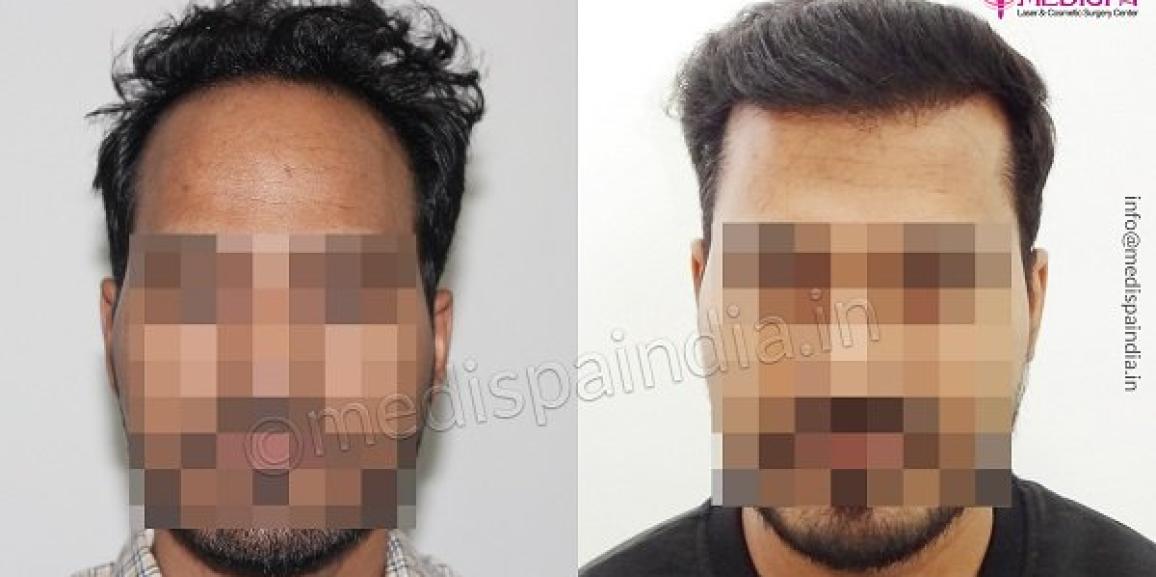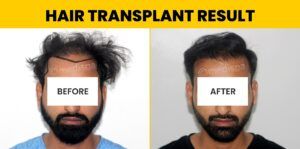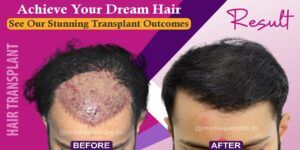
A hair transplant is a minimally invasive surgical treatment that involves transplanting hair grafts from the donor areas to the bald area in order to restore the hair. The parts of your body that have permanent hair roots are those that make up the donor areas. The hair roots are carefully removed from the scalp without causing any damage, and they are then effectively transplanted while taking care to design the hairline.
Since everyone wants results that are permanent and natural-looking, hair transplant in Jaipur has become extremely popular. Dr. Suneet Soni is among the best hair transplant surgeons in the world, and Jaipur is adorned with them. He is ranked at the top of the list. He is a hair transplant surgeon with extensive experience who has conducted over more than 5000 hair transplants.
The low hair transplant cost in Jaipur has attracted travelers from all over the world to the city for hair transplant tourism. The skill of the doctors and the amazing results are what draw a large number of patients to the city for hair transplant tourism, not just because the procedure is inexpensive and attracts patients from all over the world.
Hair transplant procedure
Patients with hair loss may opt for a hair transplant as a small procedure to treat their baldness permanently. The hair transplant method is also used to treat facial and scalp baldness. The operation is carried out by eliminating the donor area’s permanent hair roots. The bald spot is then where these hair roots are planted. The parts of your body with permanent hair roots are referred to as the donor area. The sides and back of the head, the chest, the axilla, the beard, etc. are popular donor sites.
After care of hair transplant
The doctor makes plans for the hair transplant after a consultation. The doctor will offer you specific recommendations to follow for a few days after your hair transplant procedure is complete. Following a hair transplant, proper aftercare is crucial. You can achieve the best outcomes in this method.
You only need to take a few precautions to ensure a successful hair transplant.
Hair growth after a hair transplant
Once the area you had treated has recovered, you don’t need to take extra care. Then there is only a waiting period. Your newly transplanted hair will fall out a few days after the procedure. Be at ease; it is going according to plan. This may indicate that hair growth has begun. The newly planted hair enters a phase of relaxation.
You may see a few ingrown hairs three to four months after your hair transplant. These hairs mark the start of the hair development process. The cycle of hair growth for planted hair is the same as for natural hair. Hair transplants use your own hair, which has the same development cycle as your natural hair.
You can notice some hair growth in the bald spot after around six months of hair transplantation. After approximately a year following the hair transplant, the full hair growth can be noticed. You can now determine whether your hair transplant was successful or not.
It is true that you must wait several months following a hair transplant before you may experience improved appearance.However, if you are in the proper hands, the procedure would definitely be worthwhile.
How you can speed up your hair growth after hair transplant?
Following a hair transplant, there are a few ways in which you can anticipate rapid hair growth, including:
- Eat a balanced, healthy food: A balanced diet is essential for a quick recovery and healing after any surgical surgery. Faster hair development requires vitamins C, A, zinc, and iron, which can be included in your diet in the recommended amounts.
- Regularly massage your scalp:Massage is proven to improve blood flow, which unquestionably promotes healing and development. As a result, once the physical recuperation is complete, it is essential to massage the transplanted area on the hair transplant surgeon’s instructions
- PRP therapy: PRP therapy is recommended following a hair transplant to hasten hair growth and improve the healing process. As platelets are rich in growth factors that are produced in the surrounding area to promote hair growth and repair, PRP therapy involves injecting concentrated platelets that are extracted from your own blood to the desired area.







